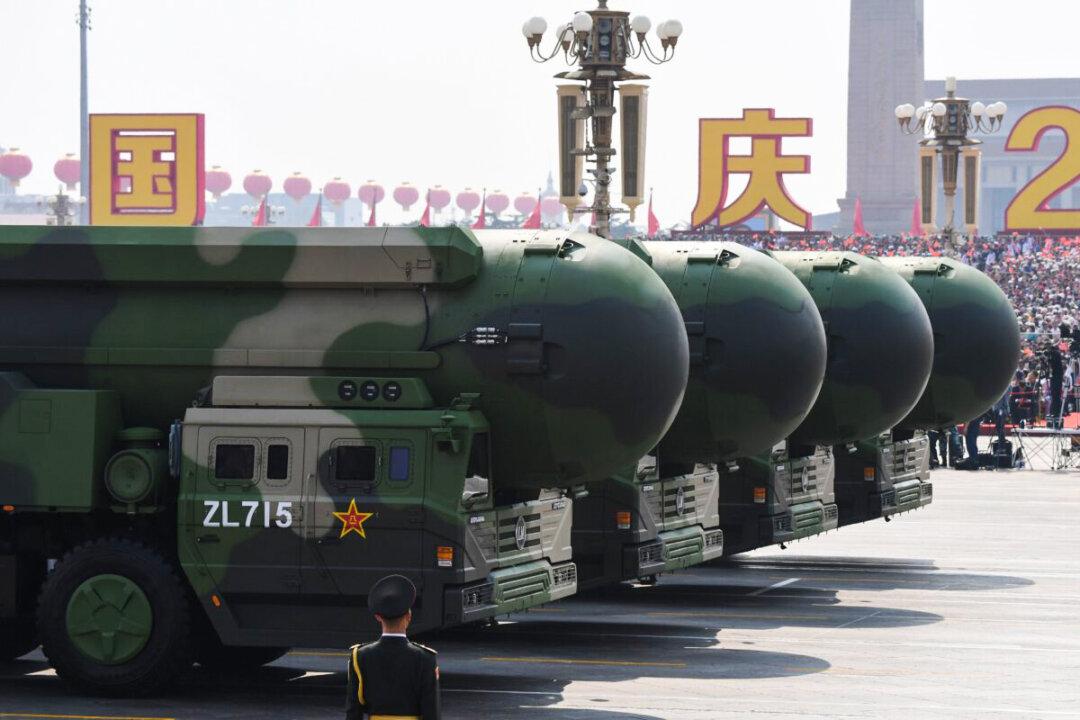News Analysis
Buried in the vast deserts of western China, there are hundreds of new missile silos slated to hold deadly payloads. Some of them will house conventional weapons, others nuclear, and Western leaders don’t know which is which.

Buried in the vast deserts of western China, there are hundreds of new missile silos slated to hold deadly payloads. Some of them will house conventional weapons, others nuclear, and Western leaders don’t know which is which.